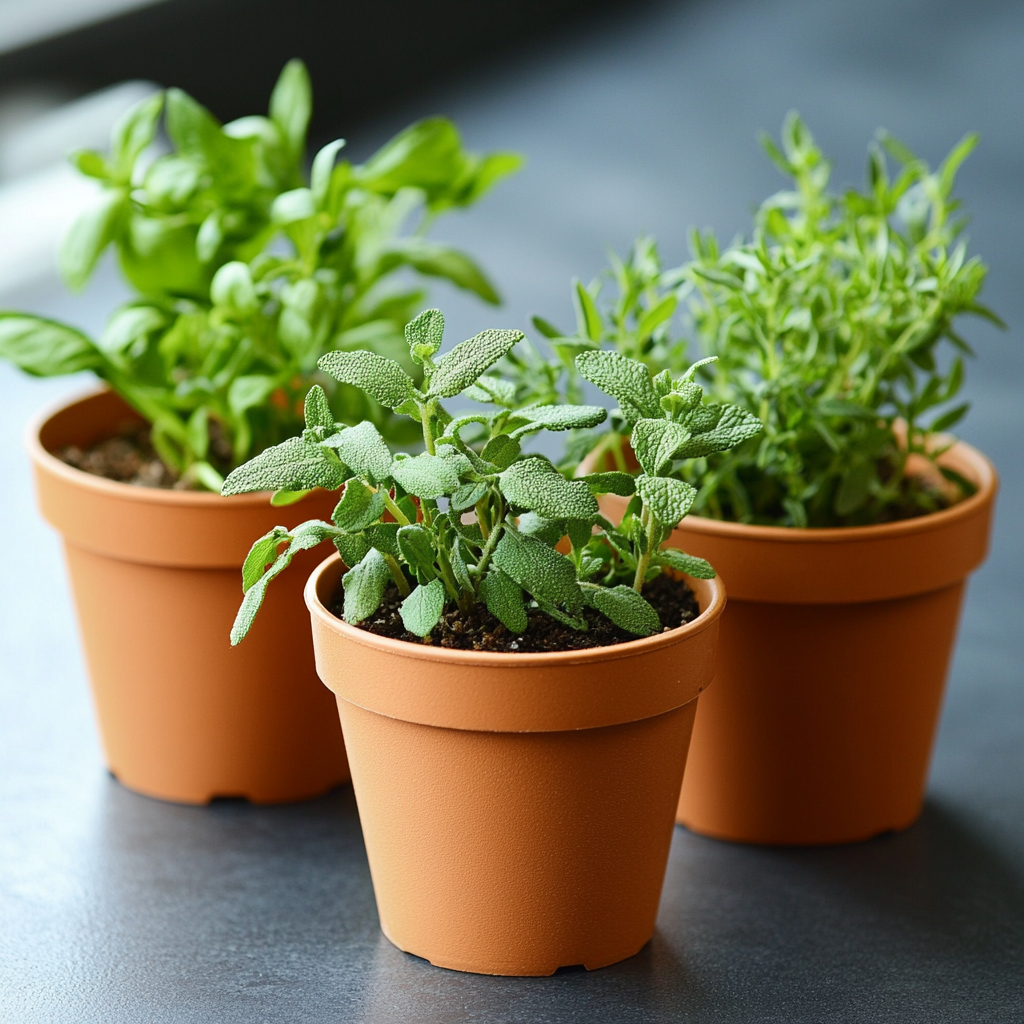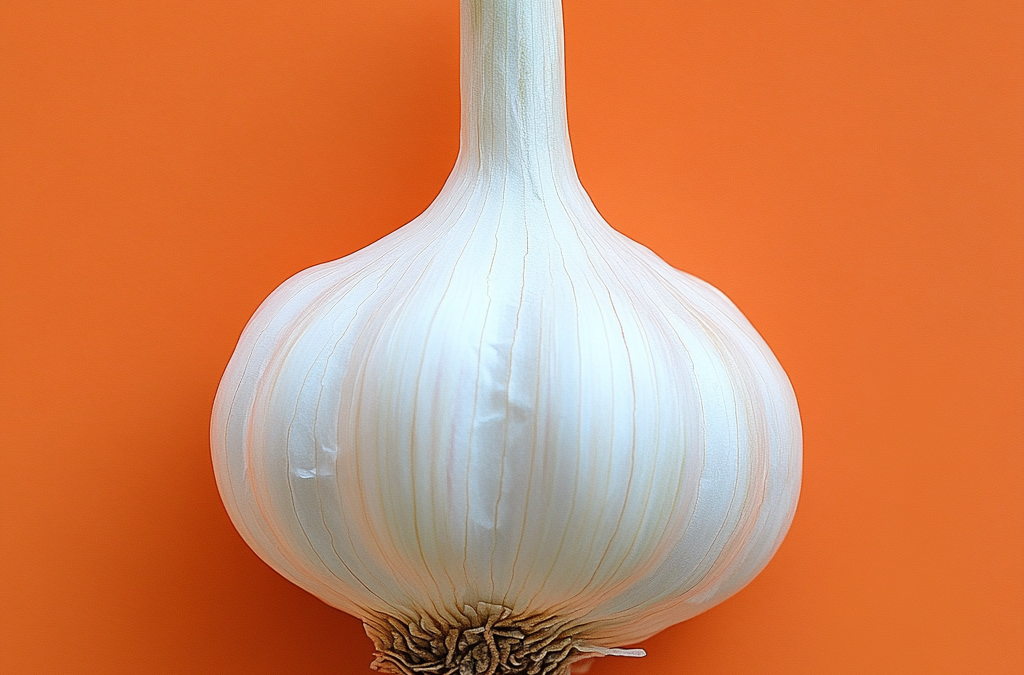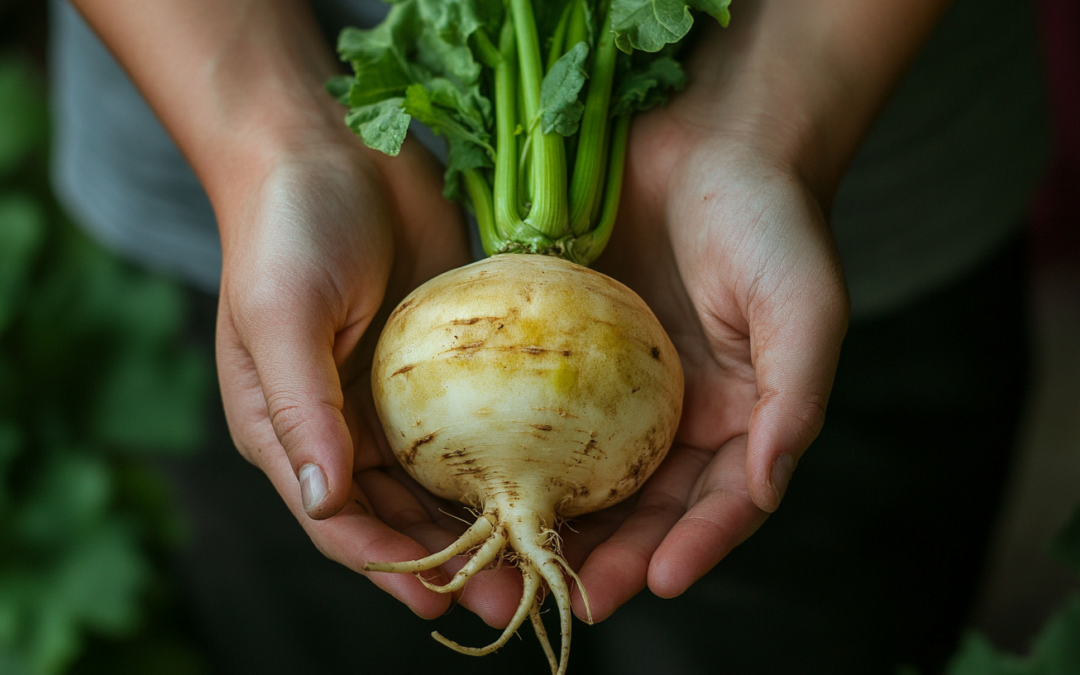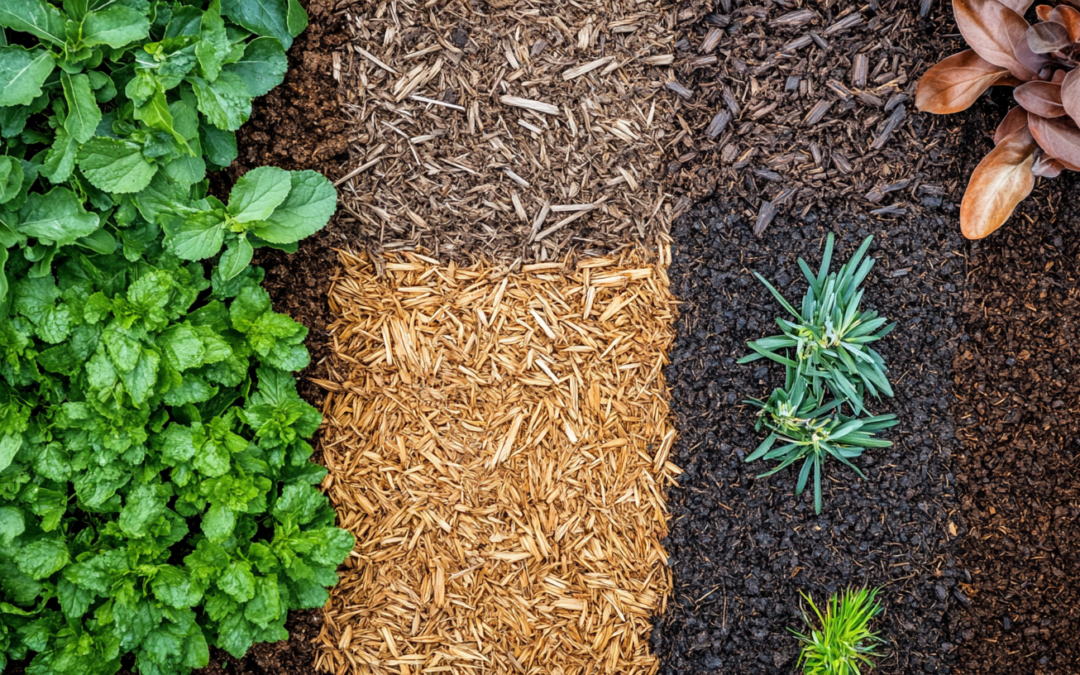If you’re short on space but still want to enjoy fresh herbs, you’re in luck! Herbs are some of the easiest and most rewarding plants to grow in small spaces. Whether you have a tiny balcony, a windowsill, or just a small corner of your kitchen, there are plenty of ways to grow a lush herb garden. Here’s how to get started:
1. Choose the Right Herbs
Some herbs are better suited for small spaces than others. Look for compact varieties that thrive in containers. Here are a few herbs that are perfect for small space gardening:
- Basil: A classic herb that grows well in containers and adds flavor to many dishes.
- Mint: Grows quickly and well in pots, but be sure to contain it, as it can spread rapidly.
- Parsley: A slow-growing herb that works great in small containers.
- Thyme: Perfect for small pots or hanging baskets.
- Chives: Compact and easy to grow in containers or even window boxes.
2. Use Containers for Flexibility
One of the best ways to grow herbs in a small space is to use containers. You can place them on windowsills, balconies, or even a small patio. Choose containers with good drainage, and make sure they are large enough for the herbs to grow comfortably. Here are some container ideas:
- Small pots: Great for individual herbs like basil or chives.
- Window boxes: Perfect for growing a few different herbs together.
- Hanging baskets: Ideal for herbs like thyme or trailing varieties of mint.
3. Maximize Your Vertical Space
When floor space is limited, think vertically! Use shelves, wall-mounted planters, or even a vertical garden to grow herbs. This is a great way to increase your planting area without taking up valuable floor space.
- Vertical racks: Stackable planters or racks can hold multiple herbs in a small footprint.
- Wall-mounted planters: Install hooks or shelves on your wall to hang pots and planters.
- Ladder shelves: Use a tiered ladder shelf to grow several herbs at different levels.
4. Ensure Proper Light
Herbs need plenty of sunlight to thrive, so place them in a location that gets at least 6 hours of sunlight a day. A south-facing window is usually the best spot for your herb garden. If natural light is limited, consider using a grow light to supplement the sunlight.
5. Water Wisely
Herbs don’t need to be watered constantly, but they do need regular moisture. Be sure to water your herbs when the top inch of soil feels dry. Overwatering can lead to root rot, so make sure your containers have proper drainage.
6. Harvest Regularly
The more you harvest, the more your herbs will grow! Regular trimming encourages fresh growth and prevents your herbs from becoming leggy. Harvest leaves by snipping them off with scissors or pruning shears. Always leave enough leaves behind so the plant can continue to grow.
7. Rotate and Replant
As your herbs grow, they may outgrow their containers or become crowded. Don’t hesitate to rotate them into larger pots or trim them back to keep them healthy. If your herbs start to look a bit worn out, it’s easy to replace them with new plants.
Growing herbs in small spaces is a fun and rewarding way to add fresh flavors to your cooking. With the right plants, containers, and care, you can enjoy a beautiful herb garden no matter how little space you have. Start small, experiment with different herbs, and soon you’ll have a thriving mini herb garden at your fingertips!



